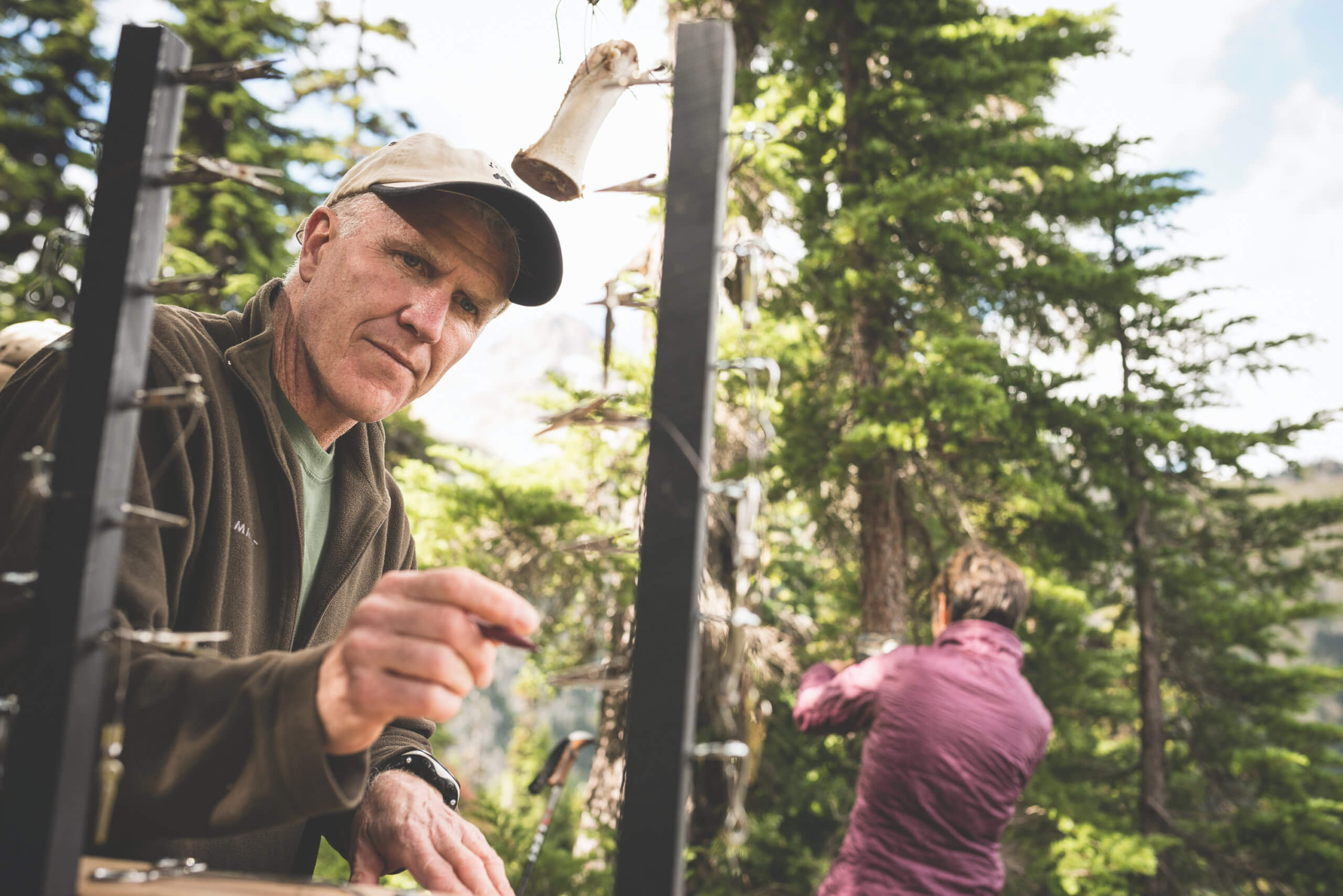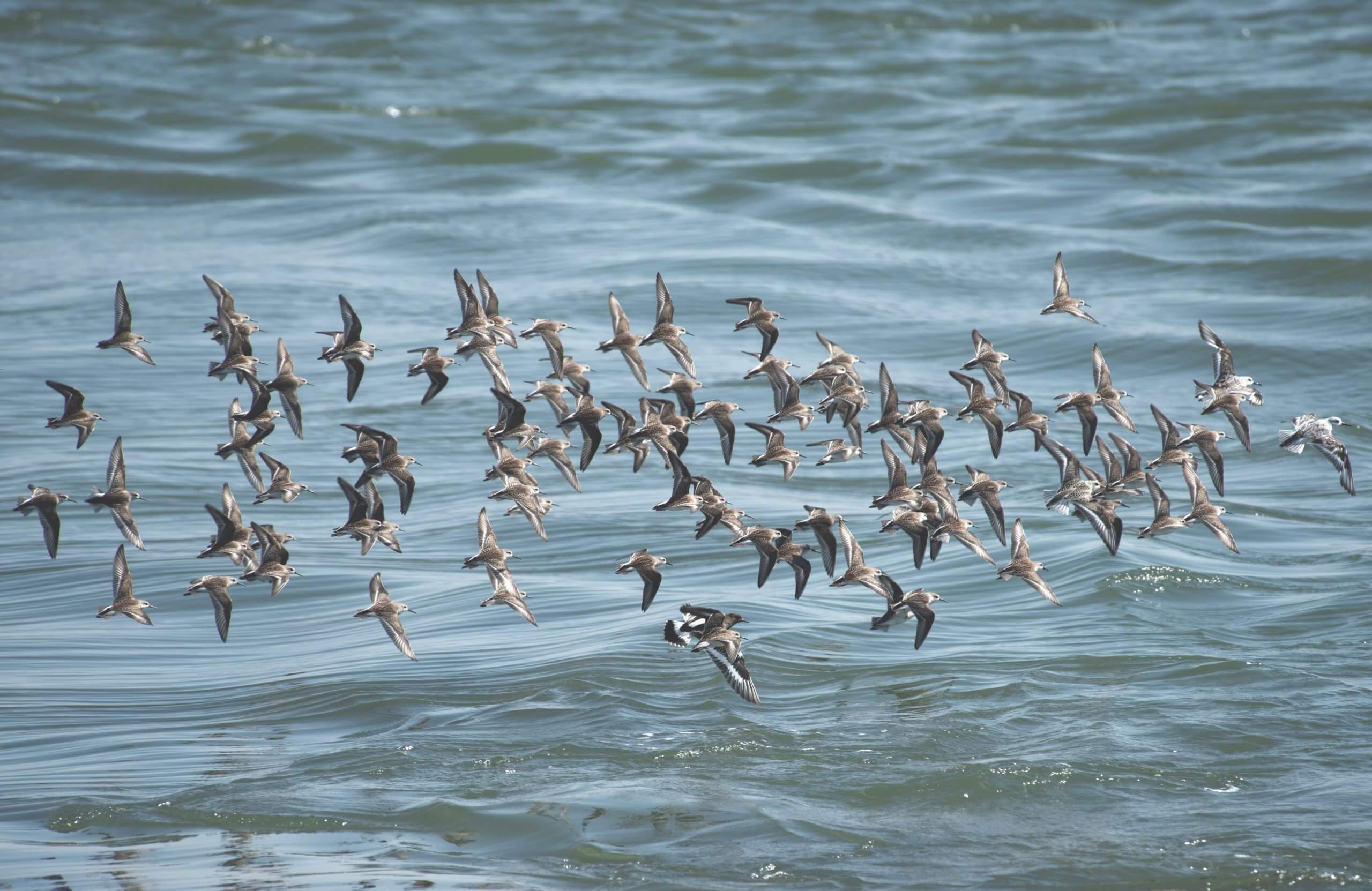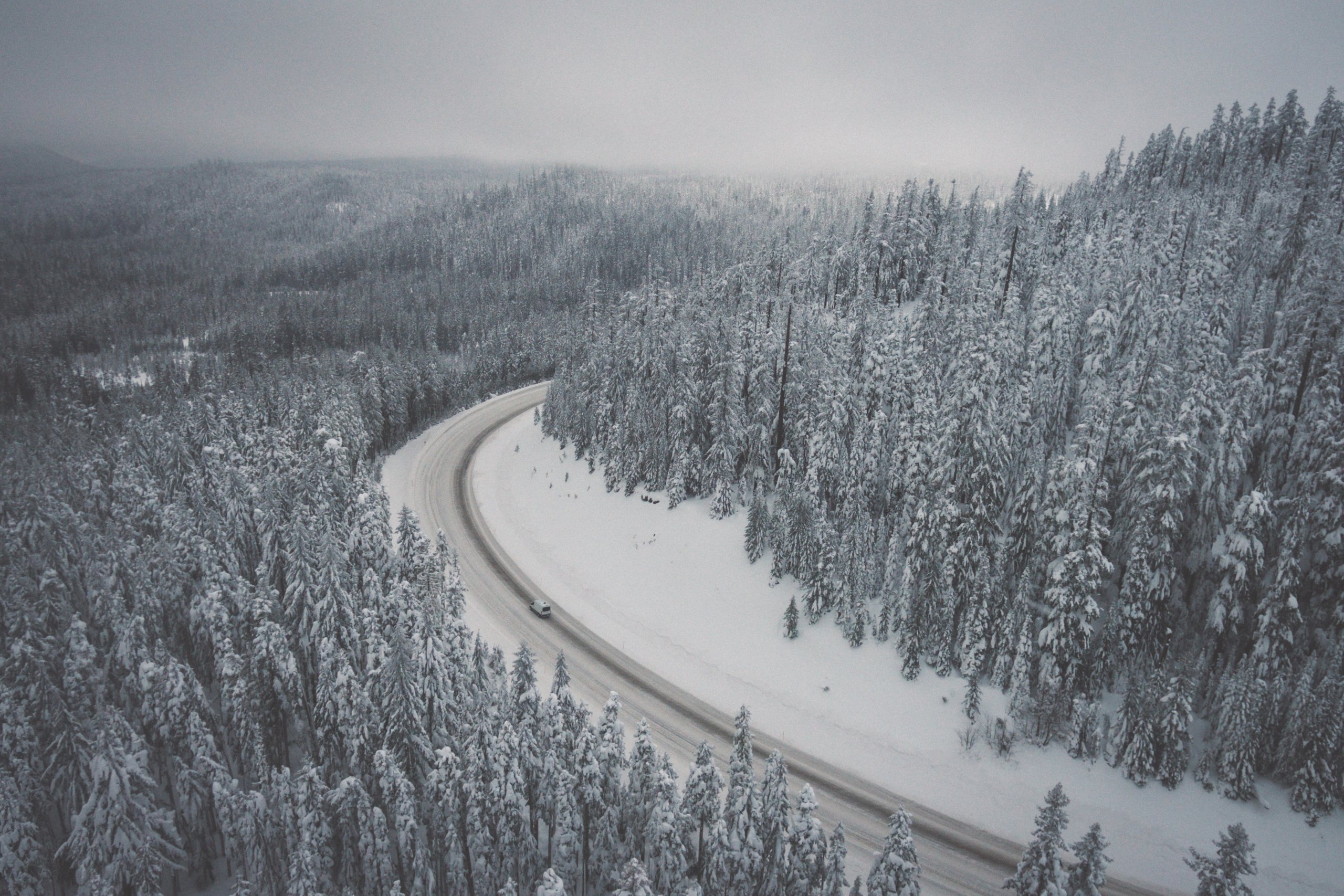Last week, as I listened to Dr. Andy Rosenberg, from the Union of Concerned Scientists, give a seminar about the new Center for Science and Democracy, I tweeted, “What Rosenberg is saying is familiar: science doesn’t tell us what to do, it helps us understand what questions to ask.”
When I hit ‘tweet’ it felt good. It felt right in my bones. And then it hit me. I had just refuted the premise of this blog post.
Ack.
I had really wanted to write about what the science of science communication tells us to do. After all, Dr. Dietram Scheufele ended his Sackler Colloquium talk with a bang, saying, “There are no easy answers on how to do this, but the good news is that the answers are all empirical.” That had certainly felt good too.
So I had pitched this post as a primer – “These 5 SciComm Hacks Will Change Your Life” in Buzzfeed-ese. I think posts like that are valuable, especially when we consider strident calls for more engagement on one hand, against what we know about how well-intentioned attempts at science communication can inadvertently harden opinions, reinforce misperceptions, and deepen existing divides. As Dr. Dan Kahan puts it, “One can’t overemphasize how foolish it is to invest so much in policy-relevant science and then adopt a wholly ad hoc anti-scientific stance toward the dissemination of it.”
So why aren’t we all over this? Why isn’t a data-driven approach to science communication our default? I don’t think that disinterest or ill-will are to blame, though I hear troubling traces of disciplinary antagonism in some arguments. Rather, as Patrick Sturgis has argued, instead of offering practical guidance, “science communication research is better characterized as being a kind of loose assemblage of interdisciplinary frameworks and approaches that’s messy, that’s difficult to interpret, and largely non-cumulative.” He elaborates on this, pointing out that, “we are usually using either observational data, which limits our causal inference, or experimental data, which has problems with external validity.”
Oof. So where does that leave us?
Well, I for one, sat in front of my laptop, squirming and thrashing around a bit, feeling sorry for myself. I leaned on my friends (thanks!) and resorted to scrolling through Pinterest. Amidst the dreamy travel photos and feel-good typography, I was reminded of the perennially popular quote attributed to Arthur Ashe, and got back to work.
WHERE ARE WE AND WHAT DO WE HAVE?
Since I’ve been tracking this topic,
• The National Academy of Sciences hosted multi-day Sackler colloquia in 2012 and 2013, featuring the top academics in these fields. Those videos (some of which I link to above) are available in the dedicated Sackler Colloquium YouTube Channel and I moderated two Google+ hangouts in advance of the meeting this year as well – here and here.
• The 2014 annual AAAS meeting included many relevant sessions, such as this, this, and this, and vibrant live-tweeting brought much of that content into twitter discussions on the #AAASmtg hashtag.
• A quick search of Mendeley yields hundreds of potentially relevant groups and thousands of papers. Similarly, on ResearchGate I see tens of thousands of users following science communication discussion topics.
• There are a core group of researchers who are active on twitter – Dietram Scheufele, Dominique Brossard, Dan Kahan, Matt Nisbet, John Besley, Max Boykoff, and Joe Arvai among them. There are also active discussions regularly taking place on blogs like Cultural Cognition, Communication Breakdown, and From the Lab Bench.
• COMPASS has begun integrating what we’ve learned into the communication trainings we lead, and I’ve blogged about some of the papers & concepts we draw from here, here, and here.
• I’ve organized a number of ScienceOnline sessions, ranging from conversations on the deficit model to trust in science to a virtual journal club about incivility in comment threads.
When I take stock of all this (and much more I’m sure I’m missing but would love to know about – please share!), it does give me pause. I have no option but to question my assumption that science communicators simply have not been exposed to this body of work and expertise.
Dan has pushed me on this, asking whether we genuinely have a “knowledge deficit” problem, or rather, a problem relating to the state of professional norms? He argues, “The information is out there, and the notion that one should look for and rely on evidence is something that should be instinctive among those involved in communicating science.”
I’ve joked before that I fear we’ve fallen into a “meta deficit model” – and I have friends and colleagues who find attempts to share the science of science communication to be deeply ironic at best. They soften their contempt to protect my feelings. I appreciate that, but I want to push us all harder.
WHAT CAN WE DO?
My sense is that we face a two-fold problem. My conversations, experiences leading workshops, and interpretation of the patterns of likes and retweets on my twitter account all suggest to me that there is an audience – both on and offline – with both a lack of knowledge of and a hunger to learn about the state of science communication research. However, there is also an unmistakable skepticism that the return on the investment made delving into this work will have sufficient concrete payoff to justify the effort. It took us several years at COMPASS to reconcile our own feelings on this, and we still struggle with the specifics.
Dan has proposed a solution. Instead of asking what the existing research can do for us as practitioners, he challenges us “to direct the empirical enterprise that is the science of science communication.” We know the most urgent questions we face. We are the stakeholders who can and should demand that the academics engage with us in dialogue to make their research matter.
I agree, but I think perhaps we might benefit as much from tackling this problem as one of transdisciplinary collaboration as one of public engagement in science. I’m inspired by this definition: Mitchell (2005) argues, “True transdisciplinarity goes beyond simply drawing together concepts from the disciplines and that it creates new frameworks that break down (transgress) the traditional boundaries of the disciplines” (p. 332). Team members must be competent enough in their own disciplines and understand the language of all disciplines that enable them to contribute to the members’ quality research or learning and combine various perspectives to build up a new framework.”
I still have a lot of unanswered questions, beginning with whether there are social scientists willing to collaborate with science communicators. There are issues of networks – many of us don’t know (m)any communication researchers – as well as asymmetries in interest versus capacity. More importantly, it seems like there are familiar and deeply-rooted problems in front of us – such as appropriate journals for publication and challenges of peer-review, funding streams, and promotion/tenure disincentives for those researchers. The idea that we might need to support culture change within the social sciences to create collaborations to improve the outcomes of a culture change supporting greater science communication within the natural sciences makes my head spin. It’s too much.
I don’t feel hopeless though. Our collective task is to test these assumptions and pursue difficult questions together. That should be where we feel most comfortable, and we have some good upcoming opportunities to start in on this.
All in all, I come back to this idea that science cannot and will not ever tell us what to do. I began this post with “science helps us understand what kinds of questions to ask.” If that resonates with you in your own work, it should also pique an appetite for asking questions of the science of science communication, and a willingness to help do the hard work of attempting to answer them. I can’t wait to hear what you have in mind.


